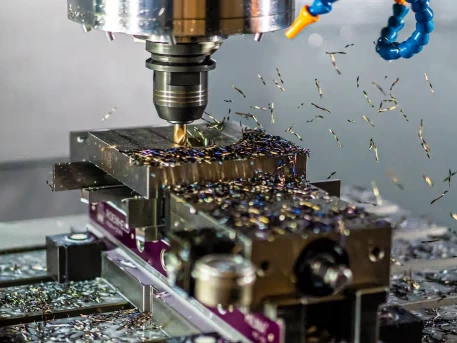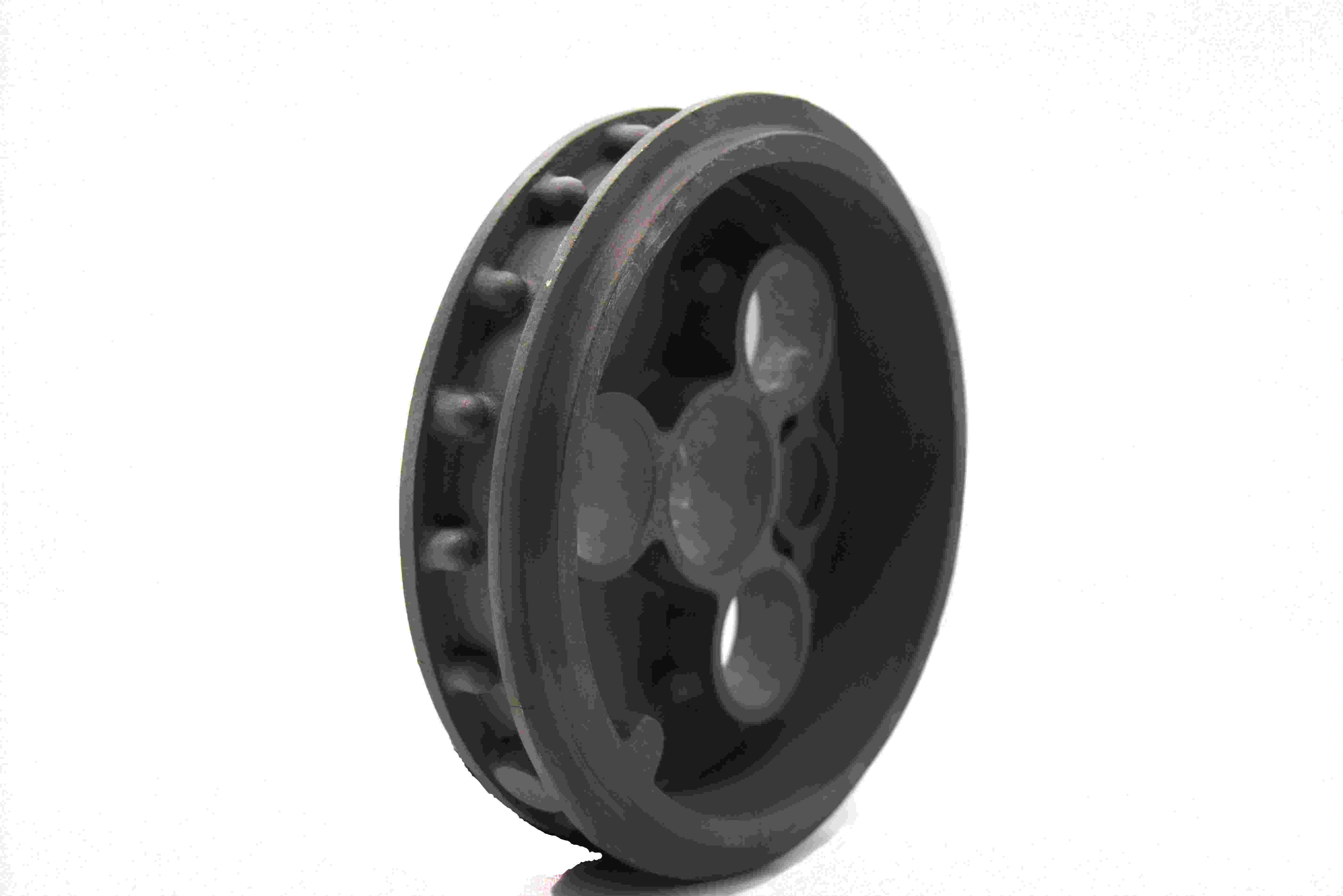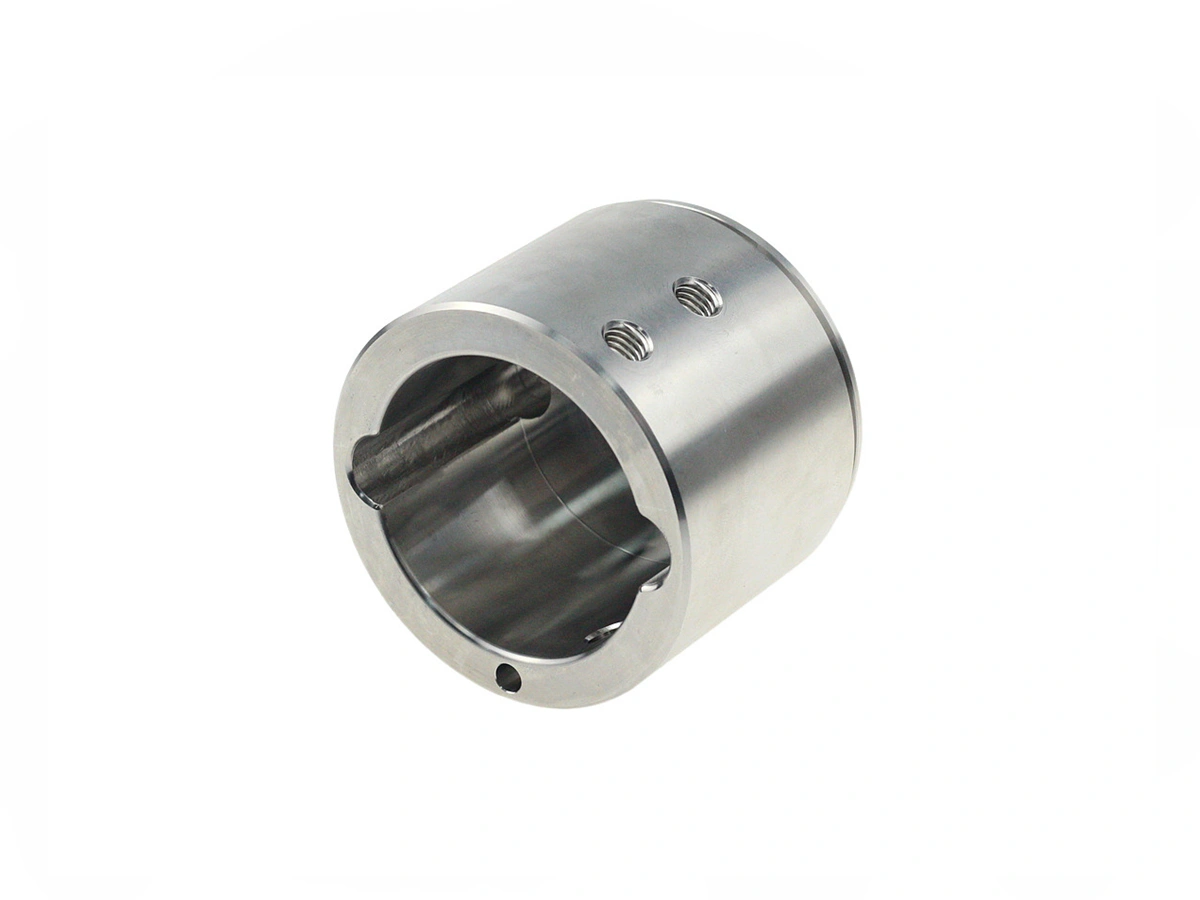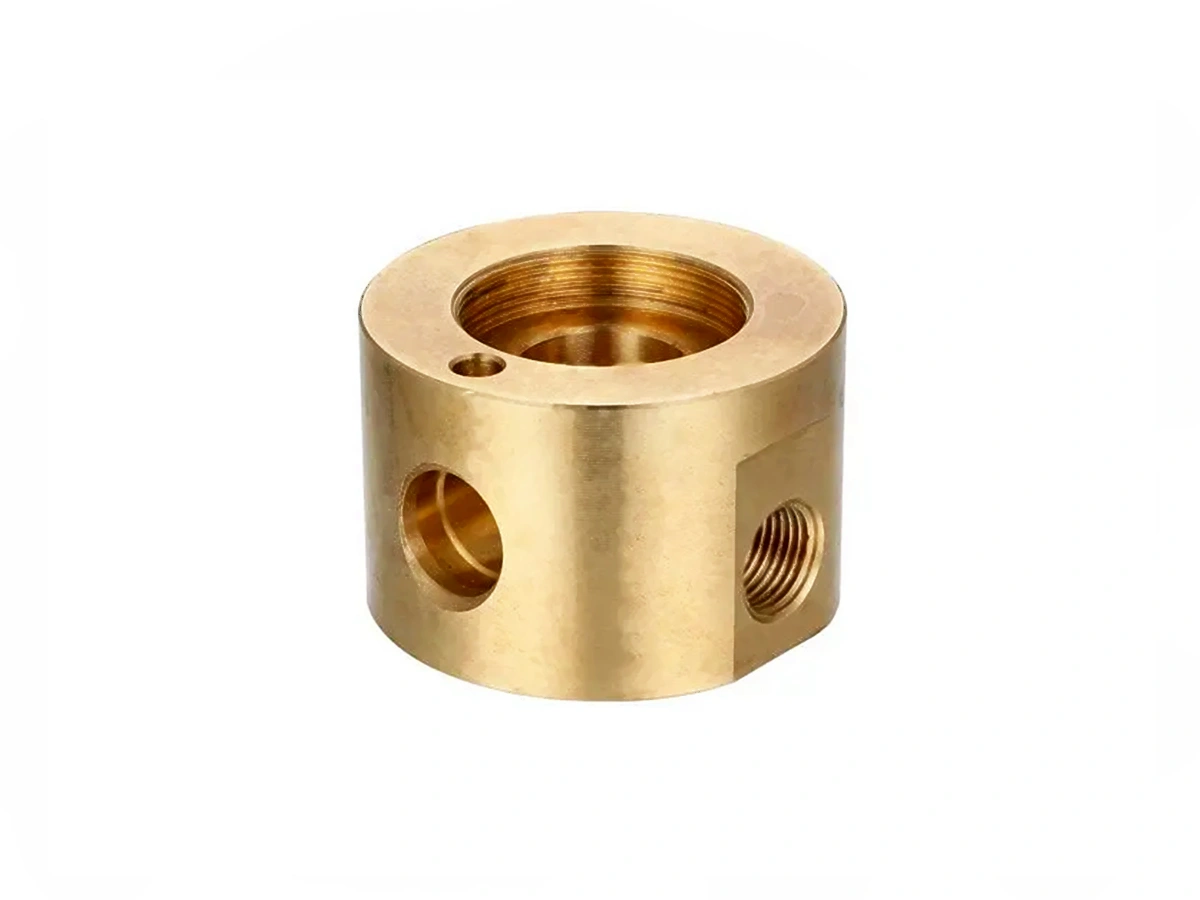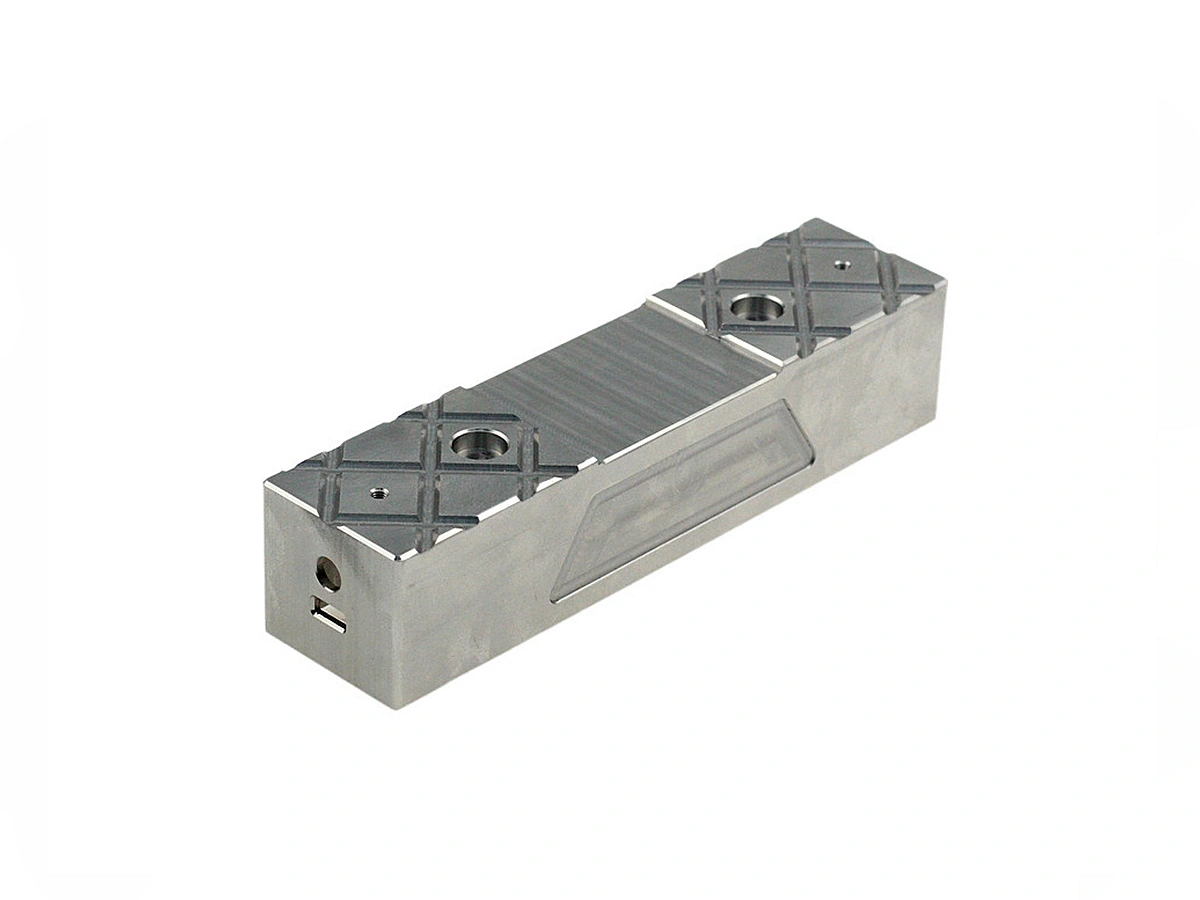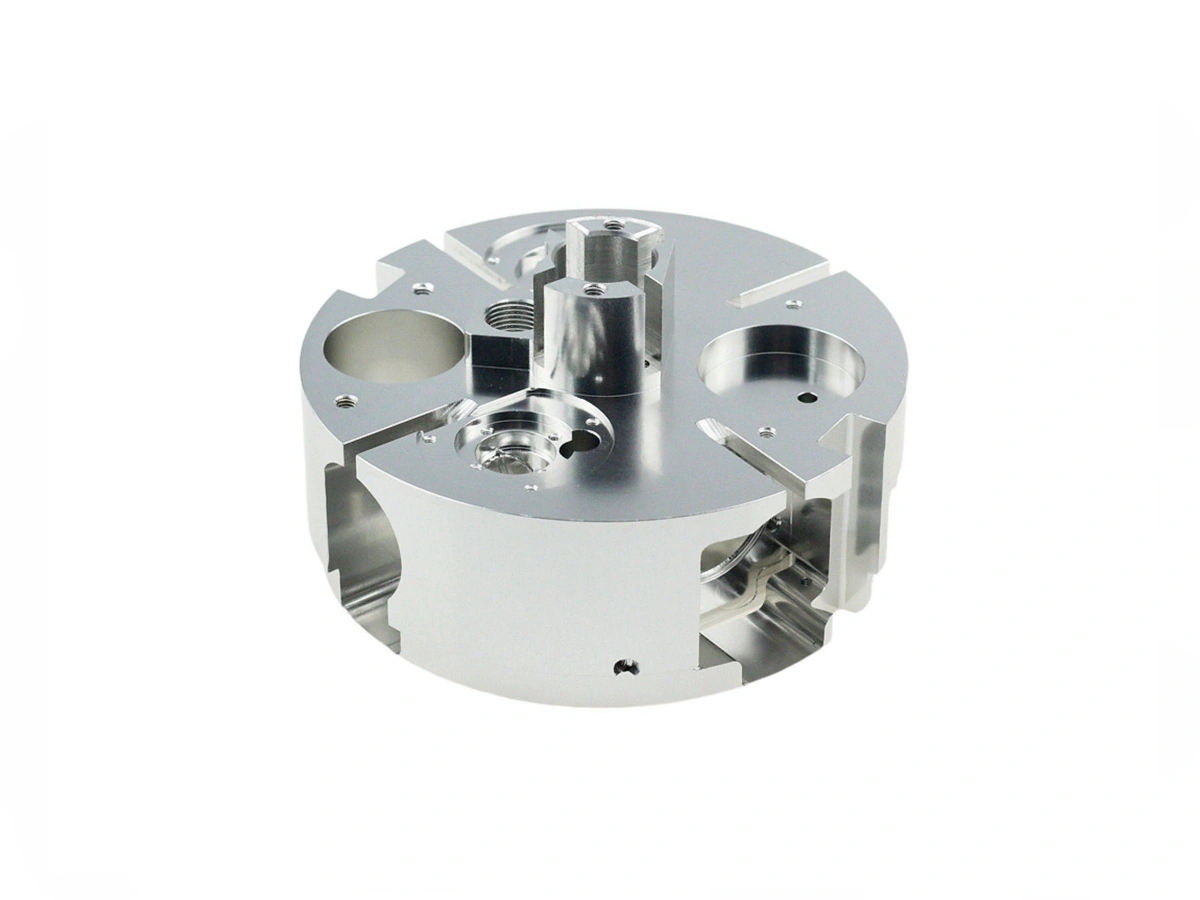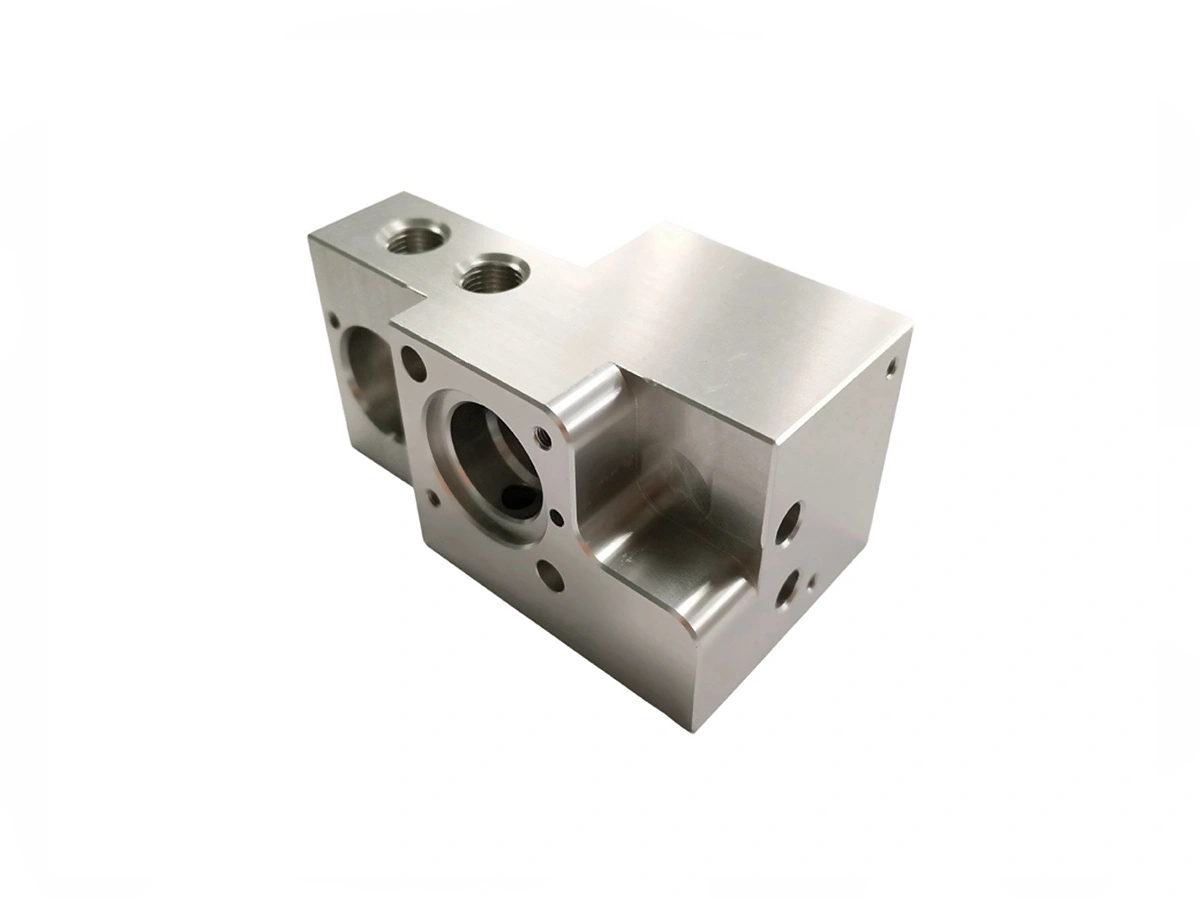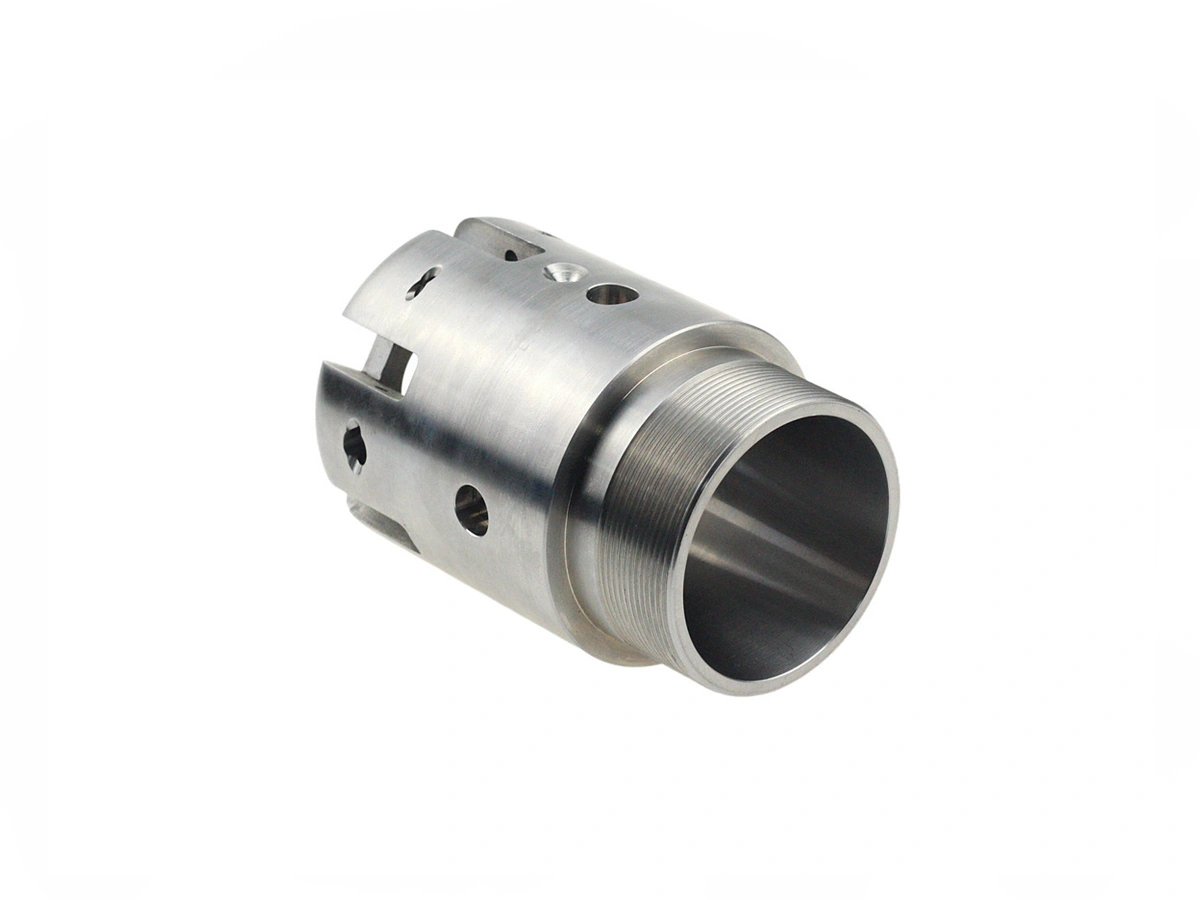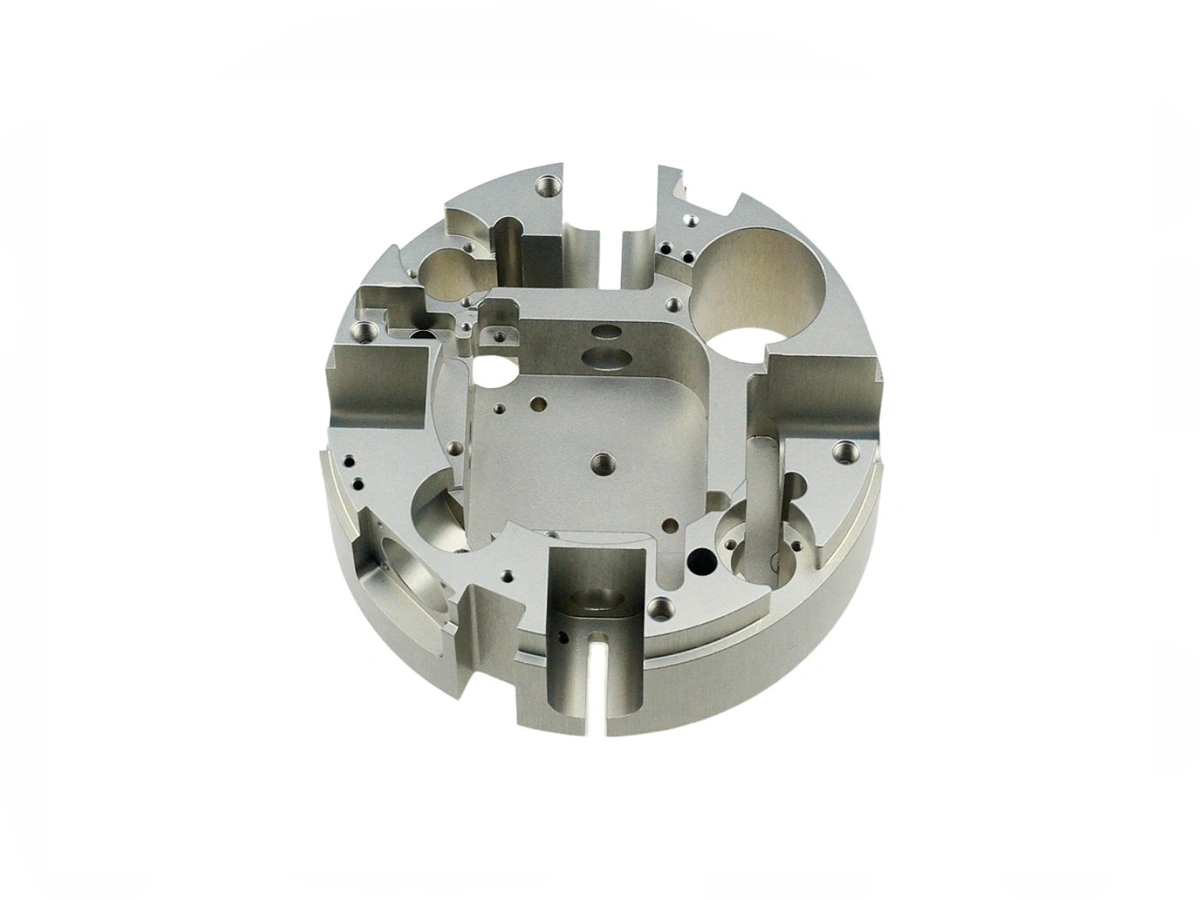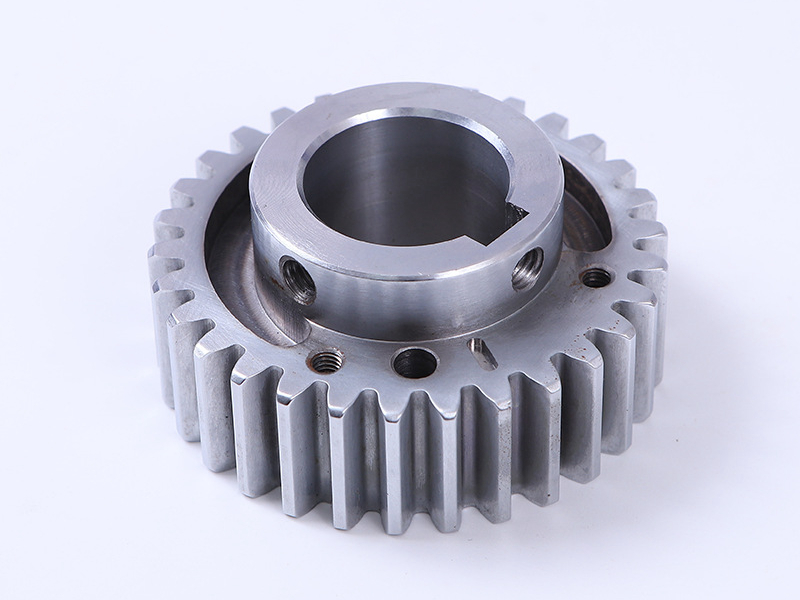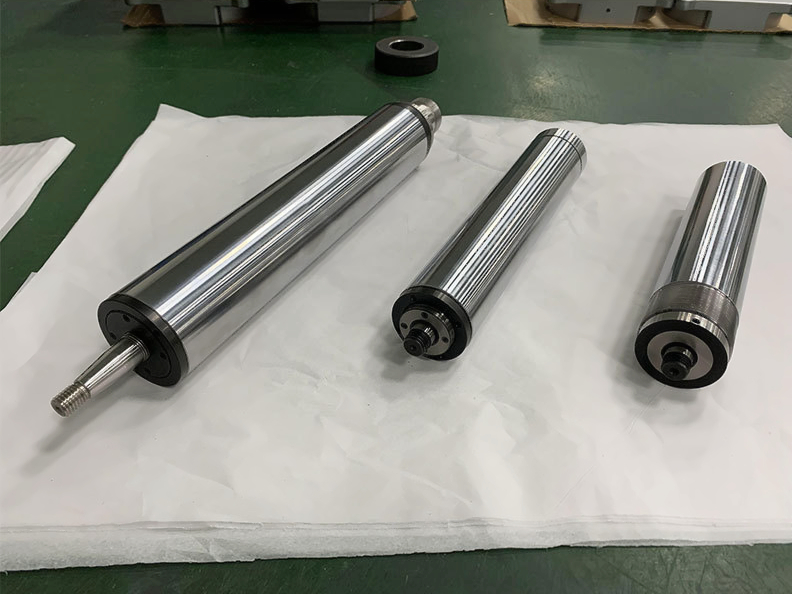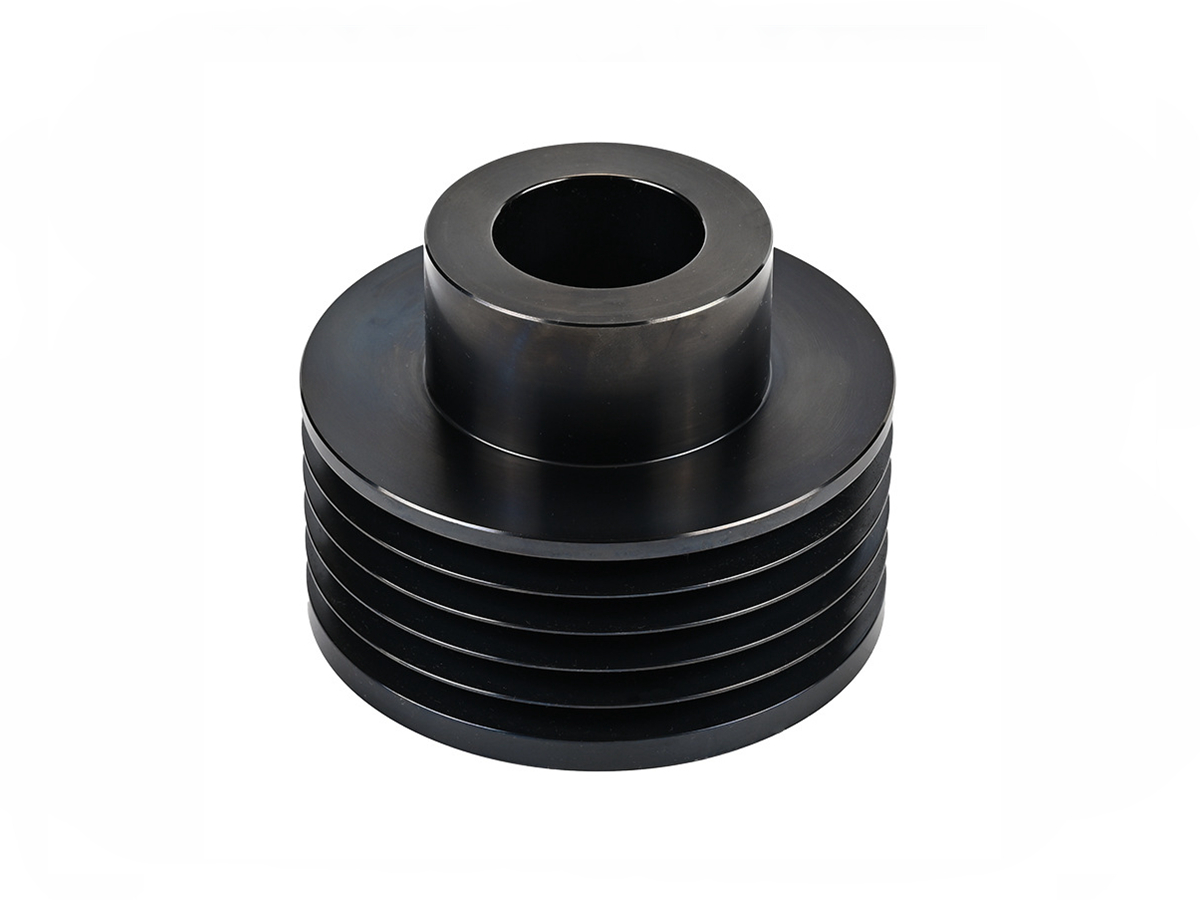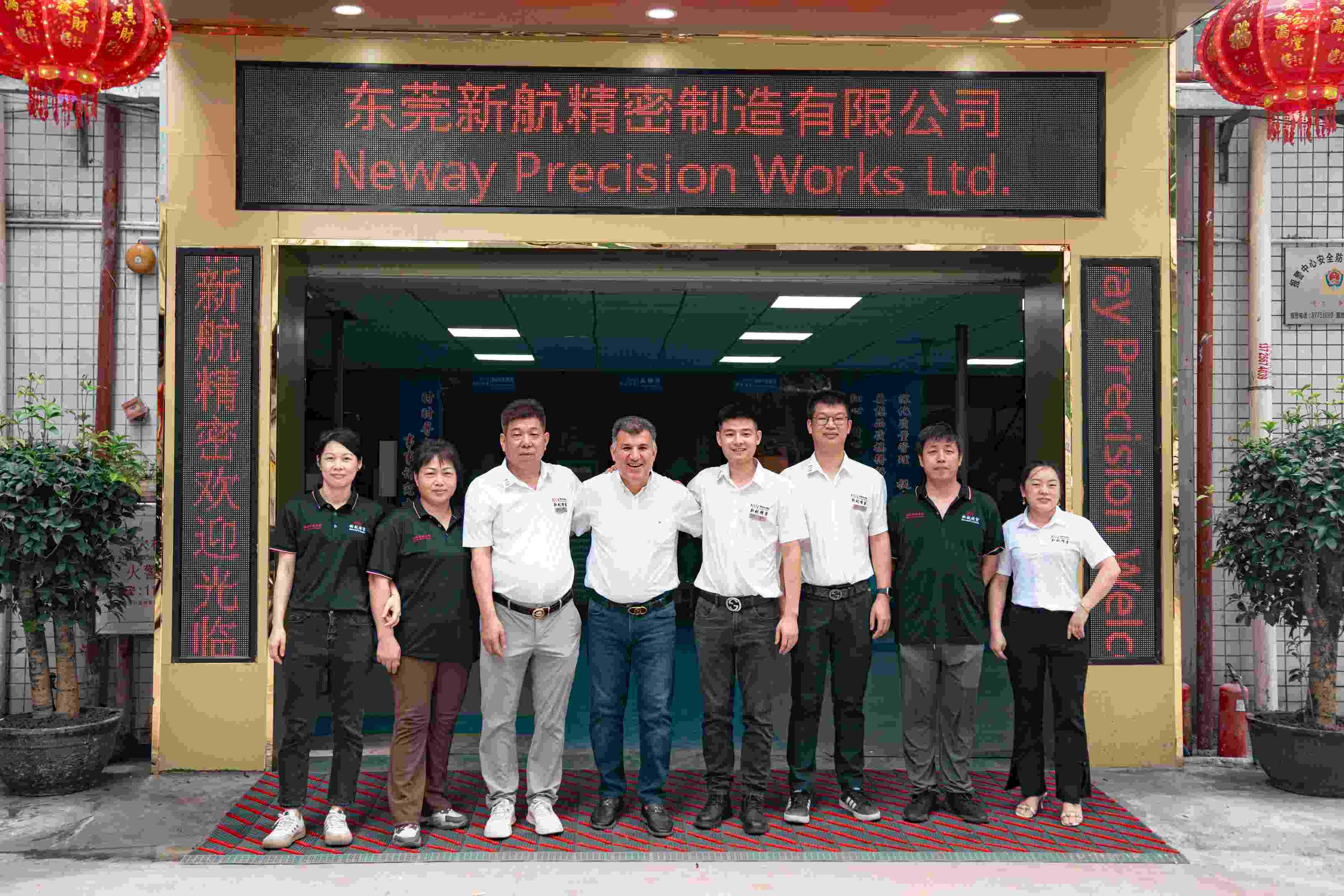Custom Parts Manufacturing Solutions
Agricultural Machinery Parts Manufacturing Service
Neway offers Agricultural Machinery Parts Manufacturing, utilizing CNC Machining, 3D Printing, Vacuum Casting, Die Casting, and Injection Molding. We deliver durable, high-precision components tailored to meet the demanding needs of the agricultural sector.
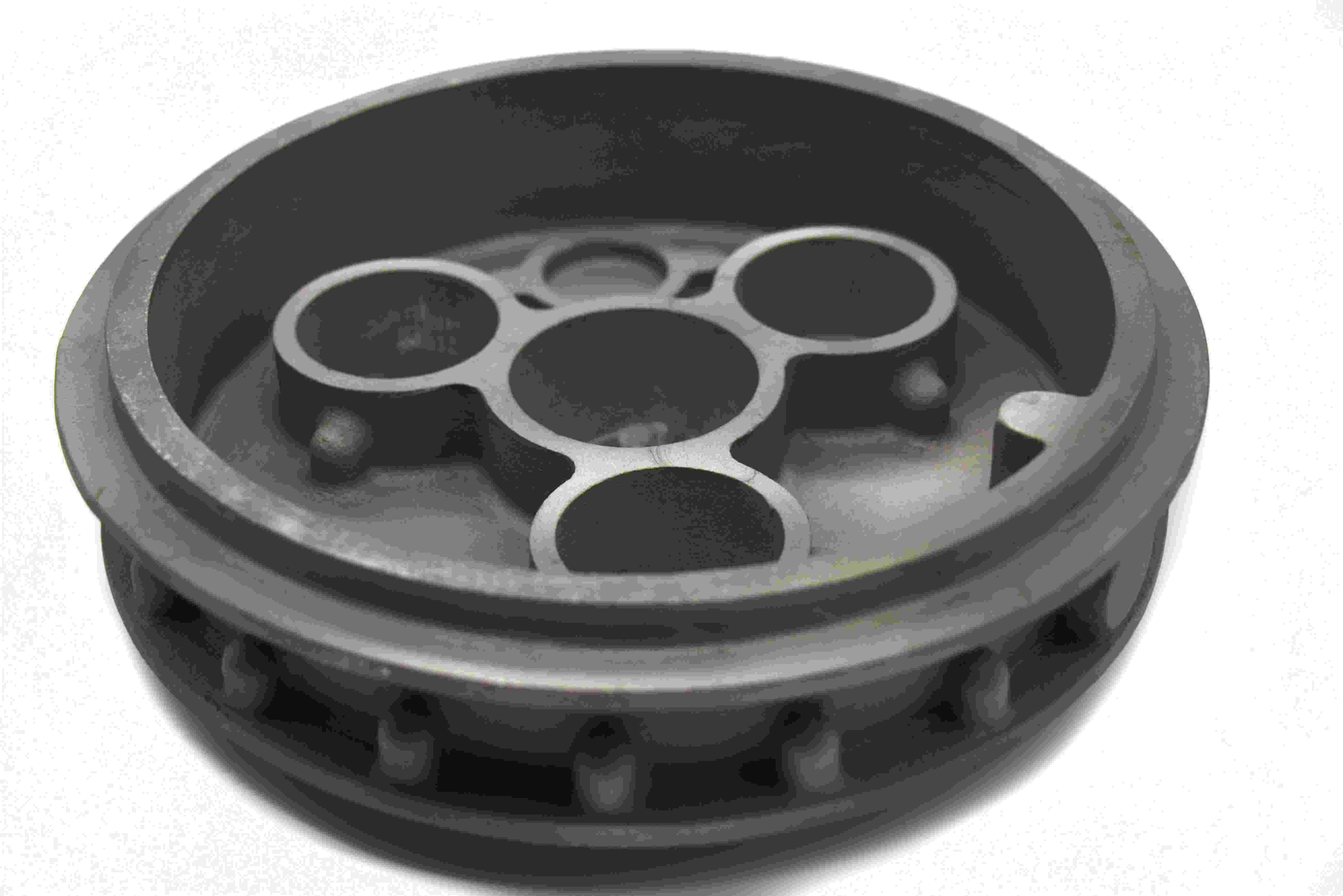
Agricultural Machinery Parts Machining
Agricultural machinery parts machining involves precision CNC processes such as milling, turning, drilling, and grinding to create durable, high-quality components for farming equipment. Using multi-axis and EDM techniques, parts are machined to exact specifications, ensuring optimal performance and longevity. These precision-crafted components are essential for machinery like tractors, harvesters, and irrigation systems.
Agricultural Machinery Material Selection
Materials like superalloy, titanium, aluminum, copper, brass, bronze, carbon steel, stainless steel, plastic, and ceramic are selected for agricultural machinery parts for their durability, strength, corrosion resistance, and wear resistance, ensuring high performance in demanding agricultural environments.
Common Agricultural Machinery Parts Surface Treatment
Common agricultural machinery parts require surface treatments to enhance durability, corrosion resistance, and performance. Methods such as painting, electroplating, anodizing, and powder coating protect against harsh environmental conditions. Thermal barrier coatings (TBC) and heat treatments improve wear resistance, while processes like sandblasting and polishing ensure smooth finishes. These treatments extend the lifespan of machinery, improving efficiency and reducing maintenance costs.
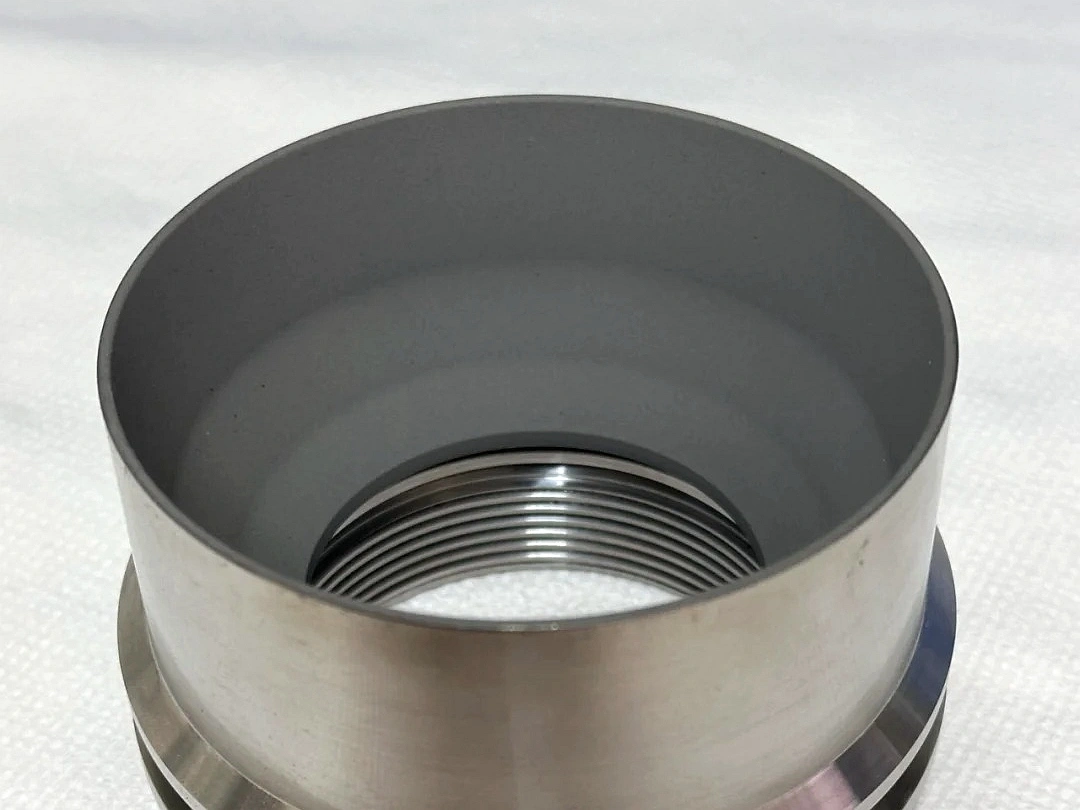
Learn More
Thermal Coating
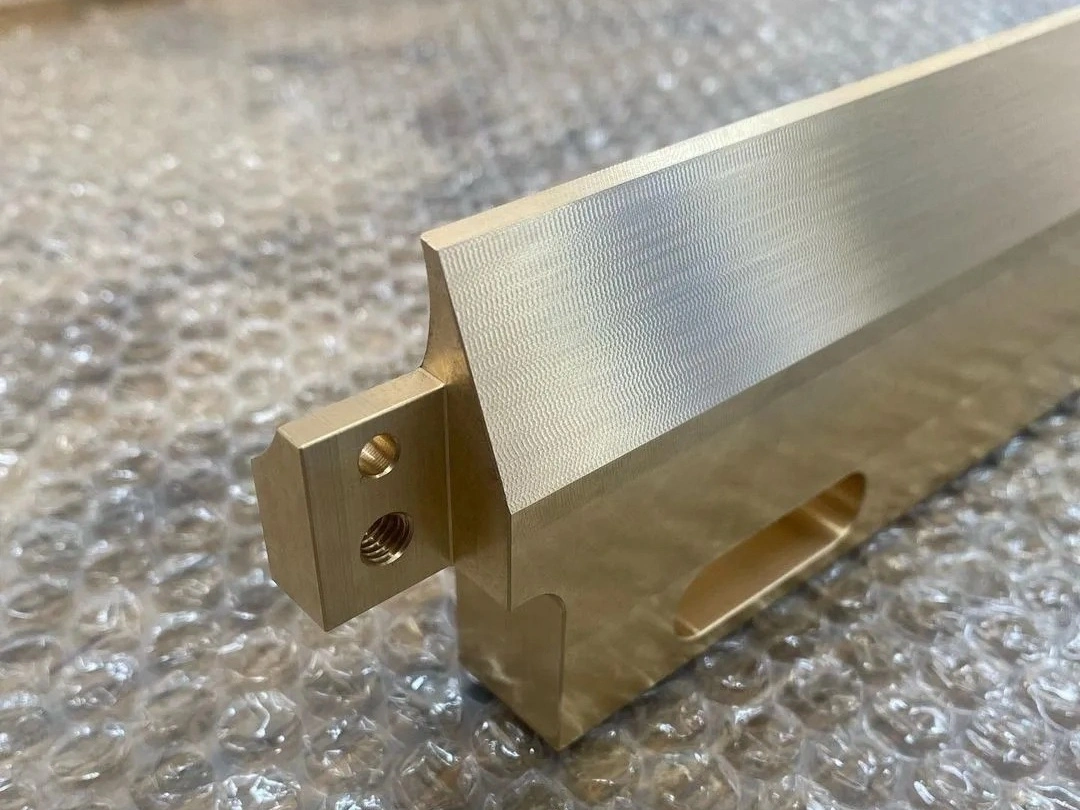
Learn More
As Machined
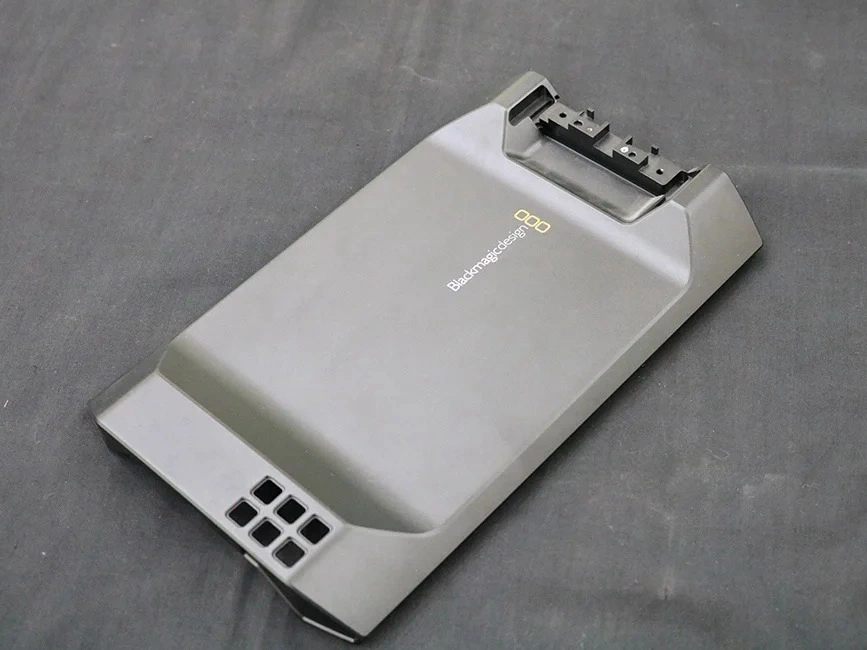
Learn More
Painting
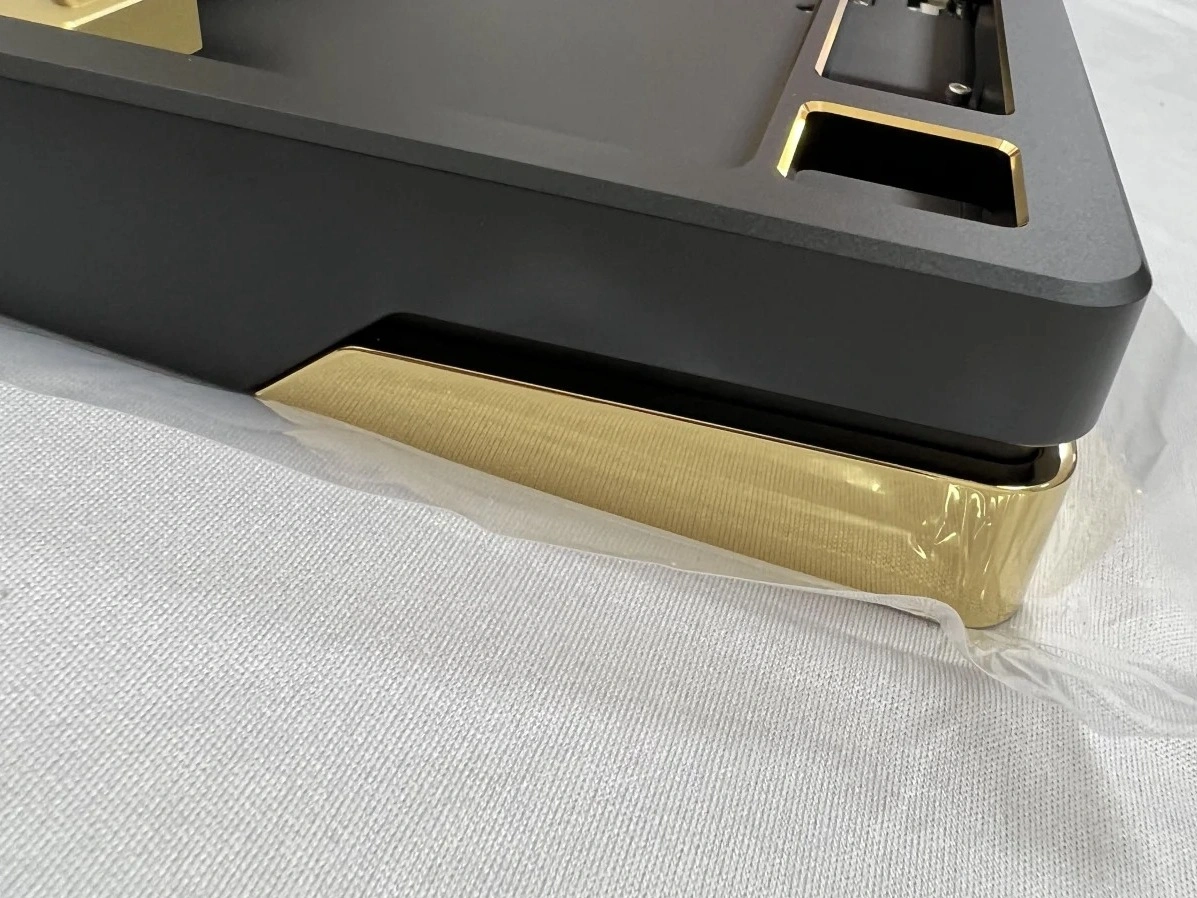
Learn More
PVD (Physical Vapor Deposition)

Learn More
Sandblasting
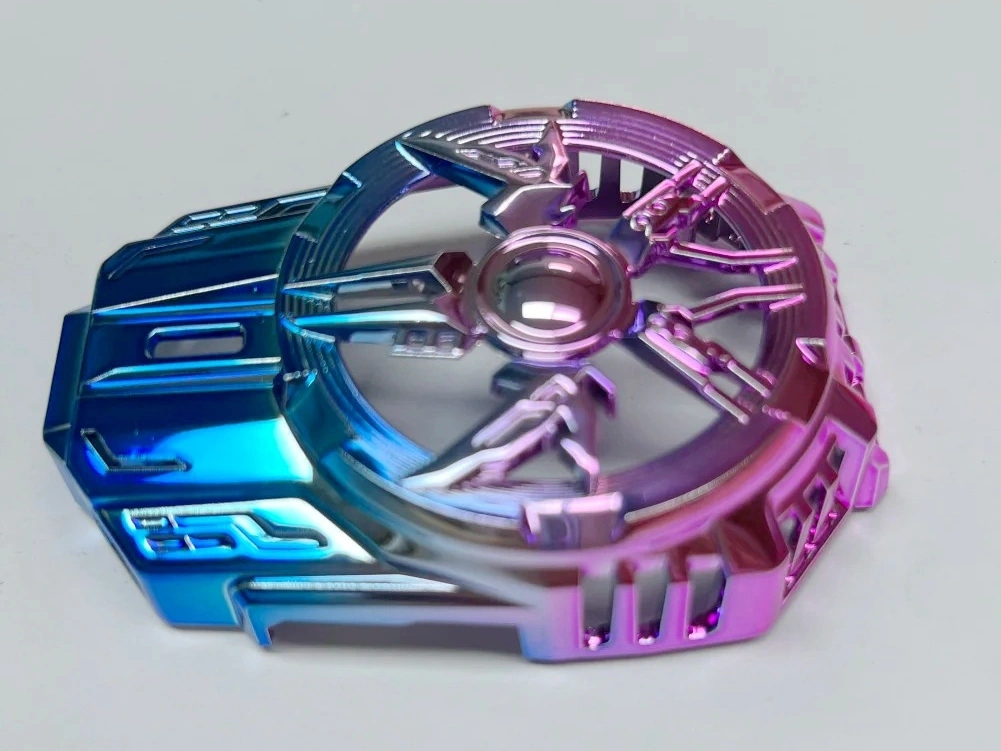
Learn More
Electroplating
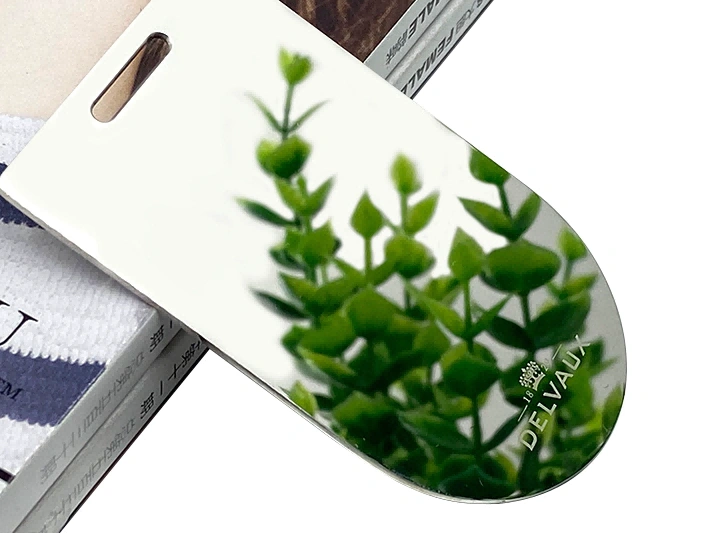
Learn More
Polishing
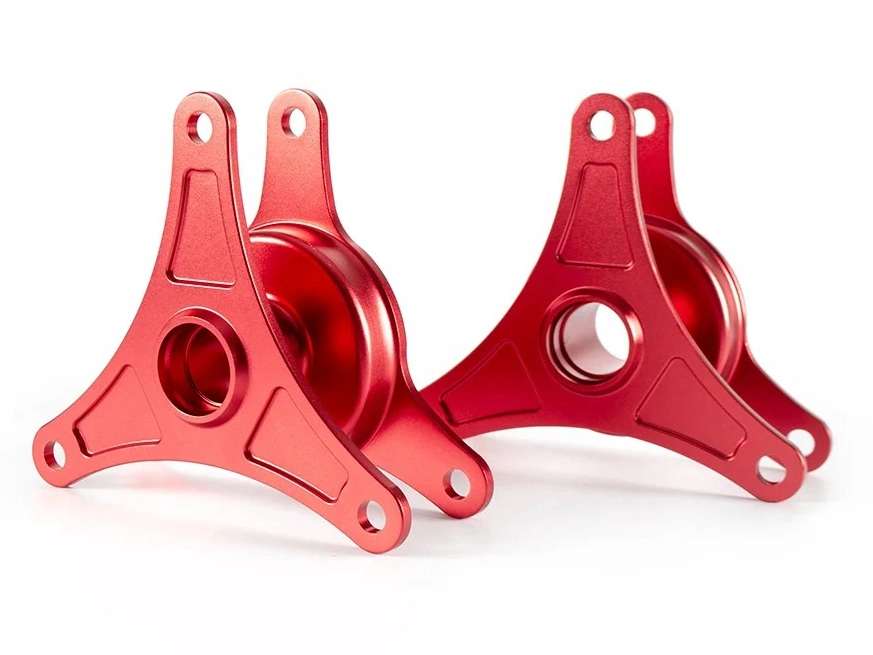
Learn More
Anodizing
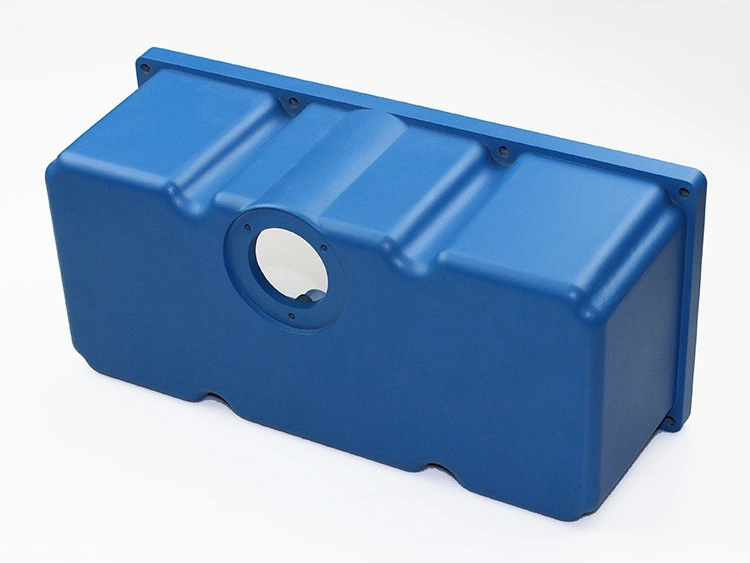
Learn More
Powder Coating
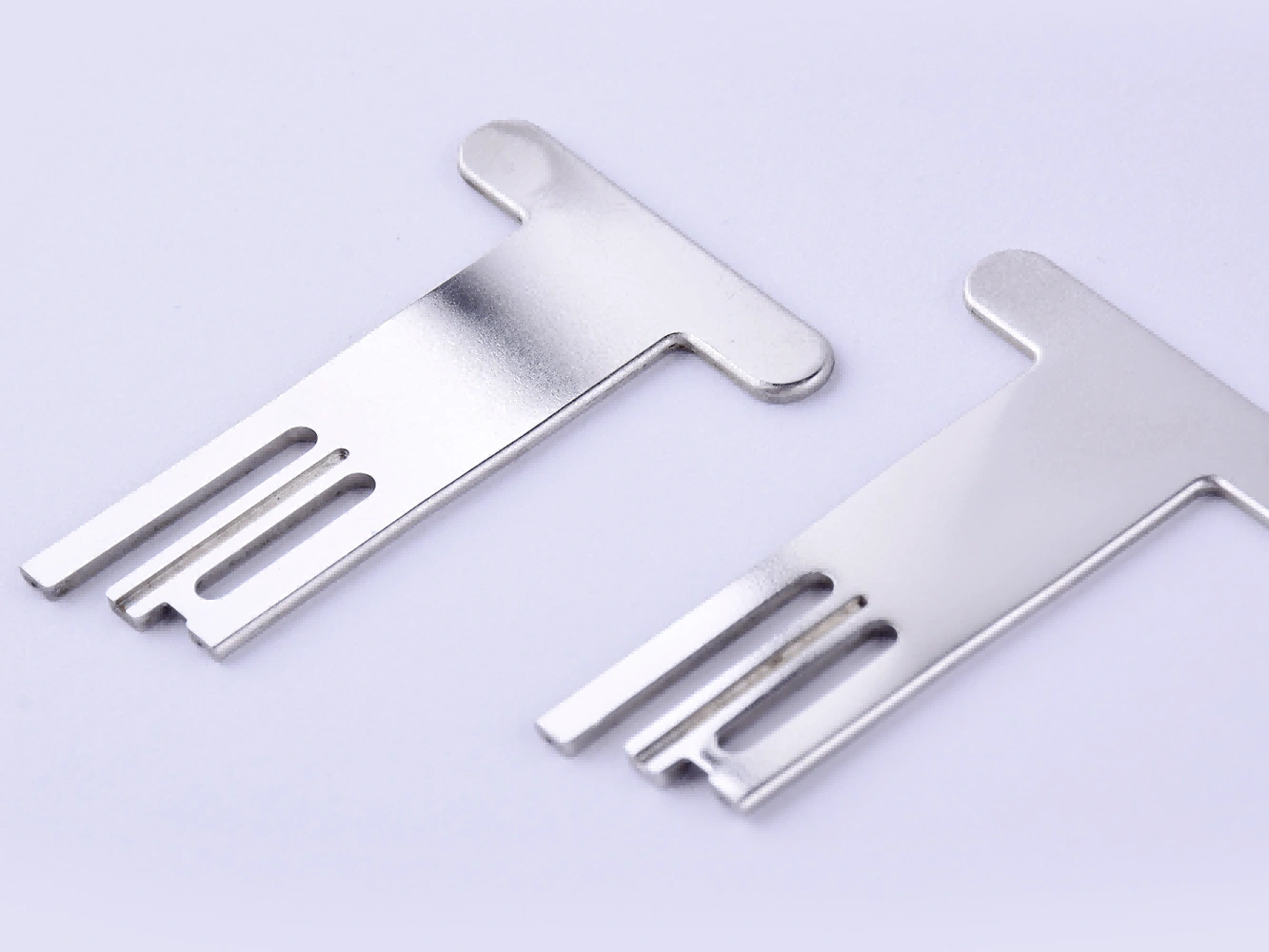
Learn More
Electropolishing
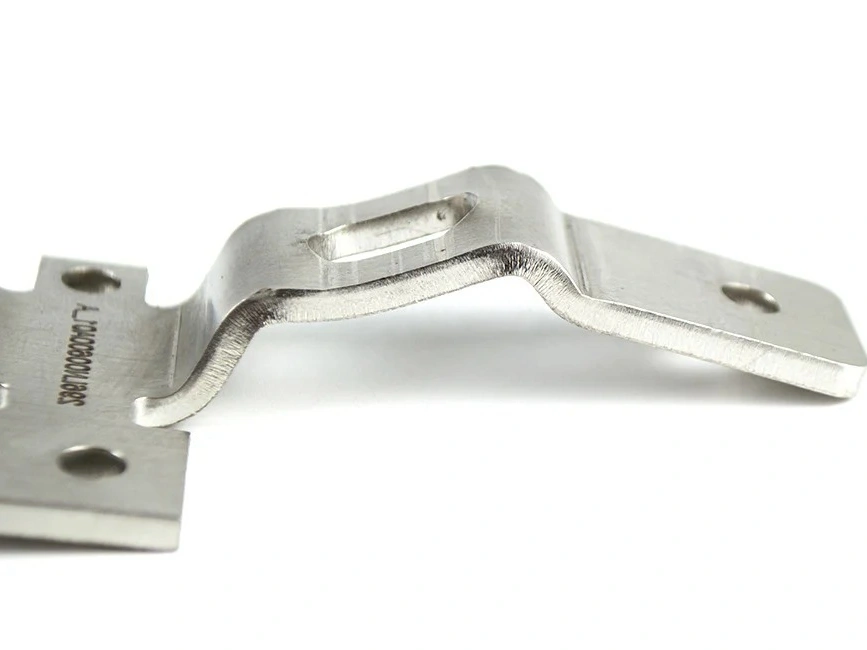
Learn More
Passivation
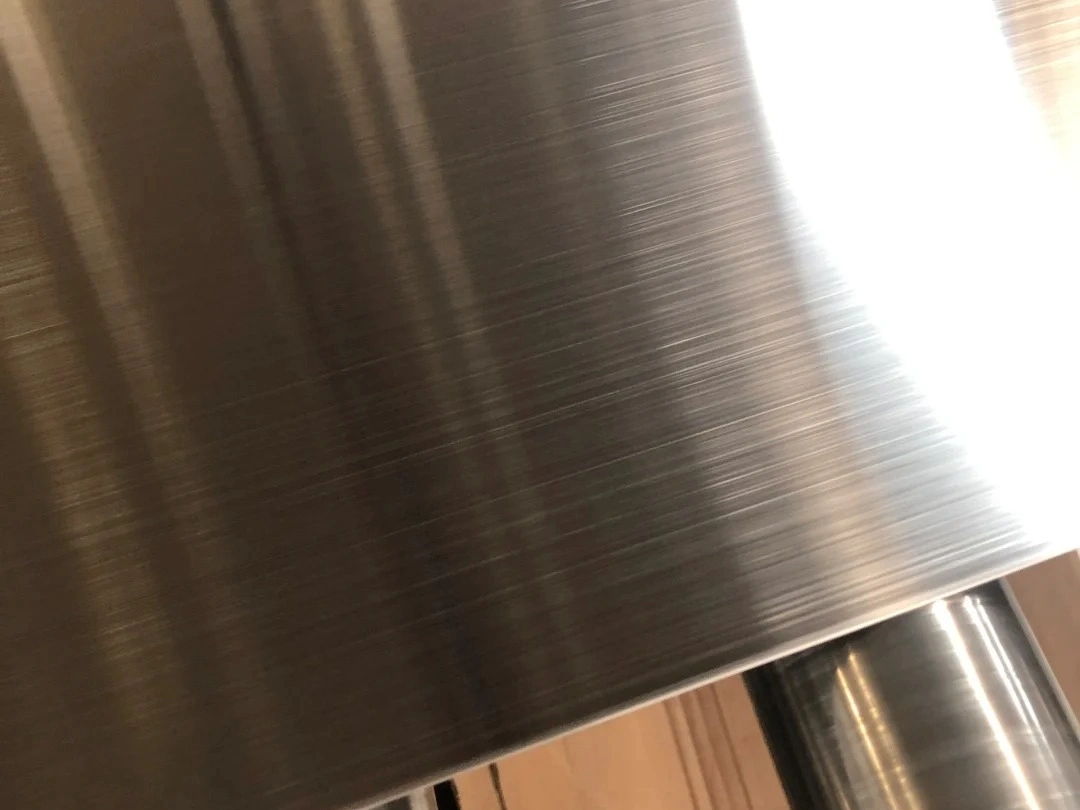
Learn More
Brushing
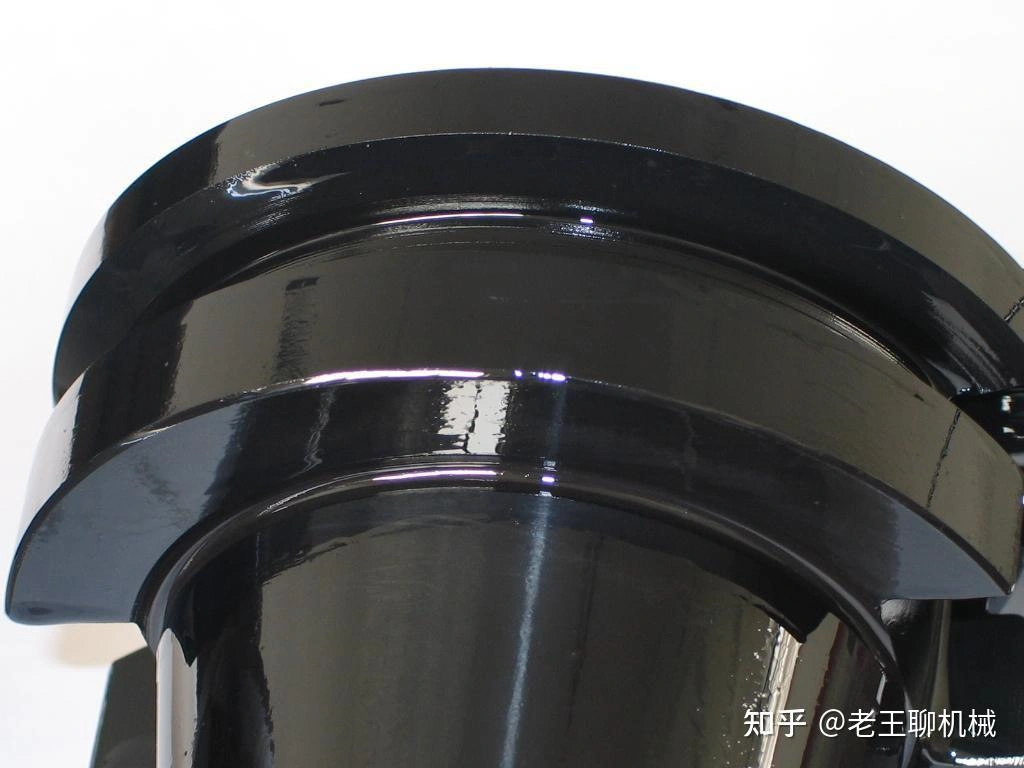
Learn More
Black Oxide
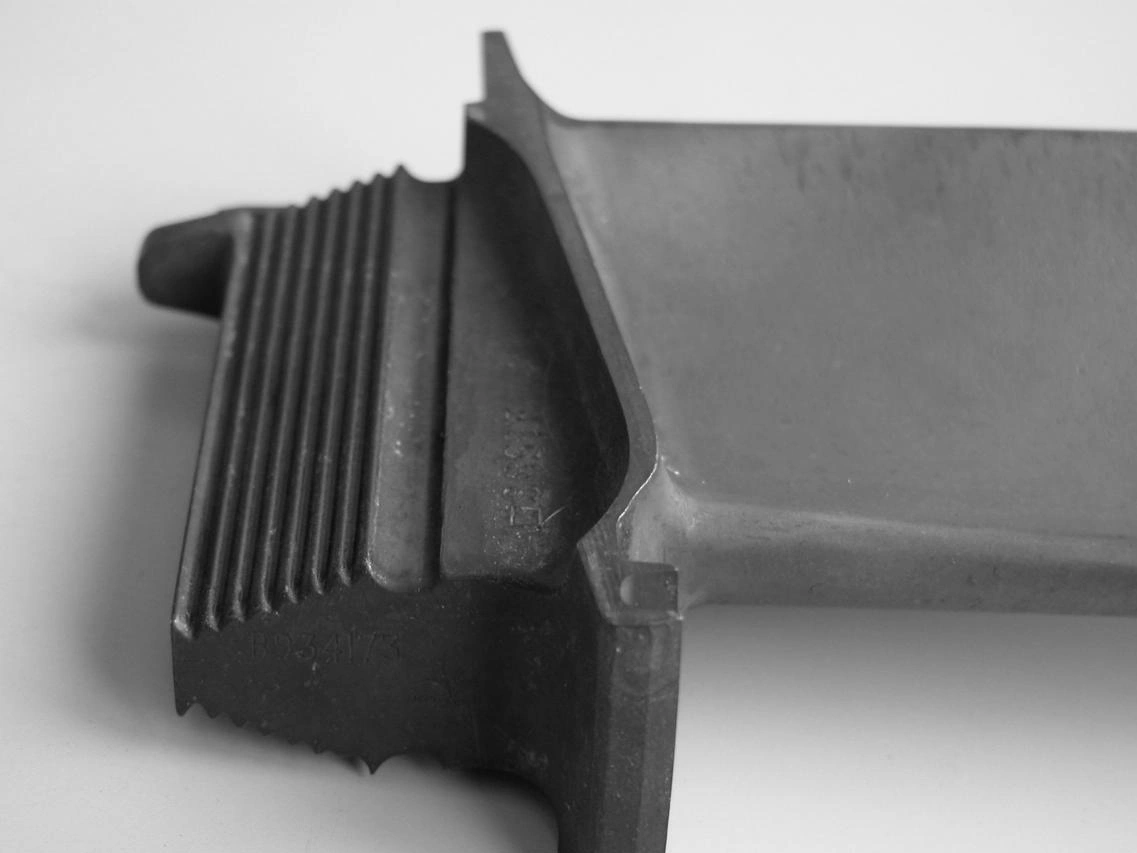
Learn More
Heat Treatment
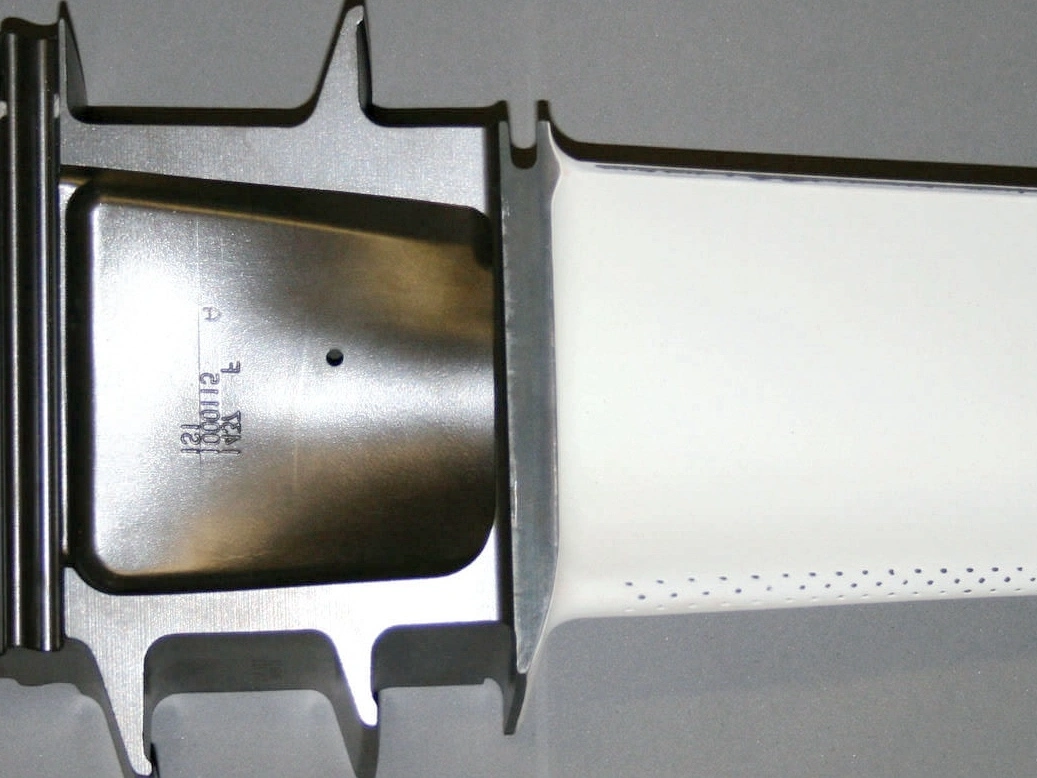
Learn More
Thermal Barrier Coating (TBC)
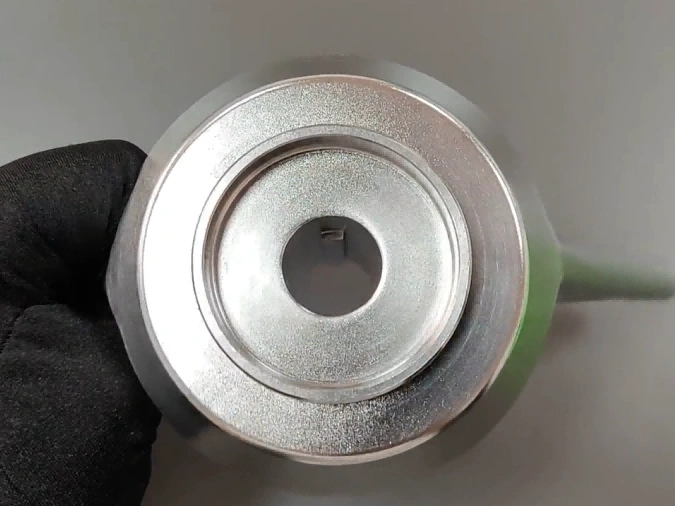
Learn More
Tumbling
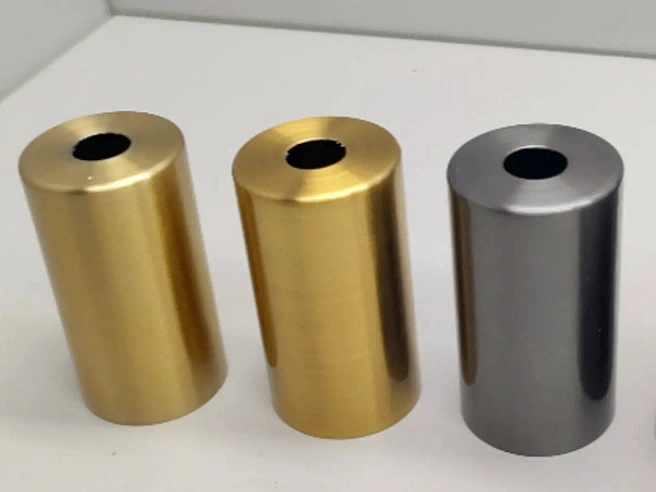
Learn More
Alodine
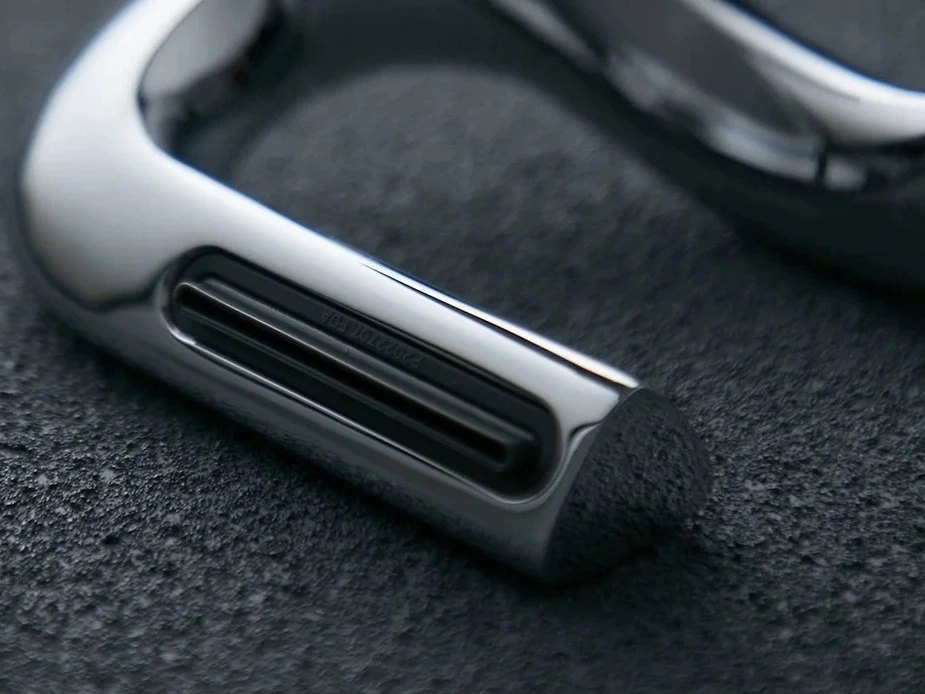
Learn More
Chrome Plating
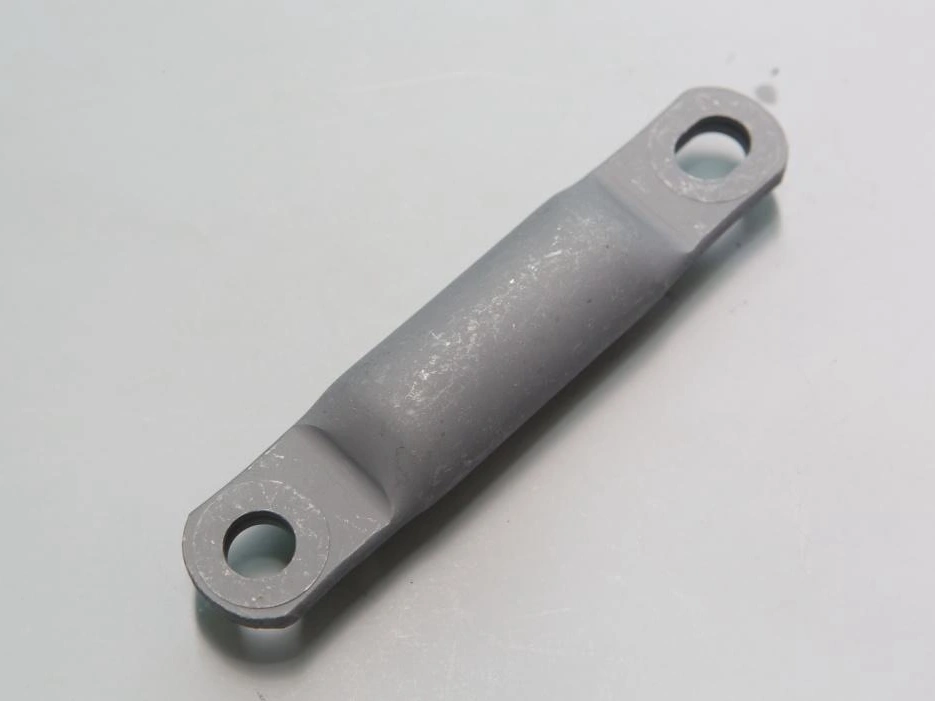
Learn More
Phosphating
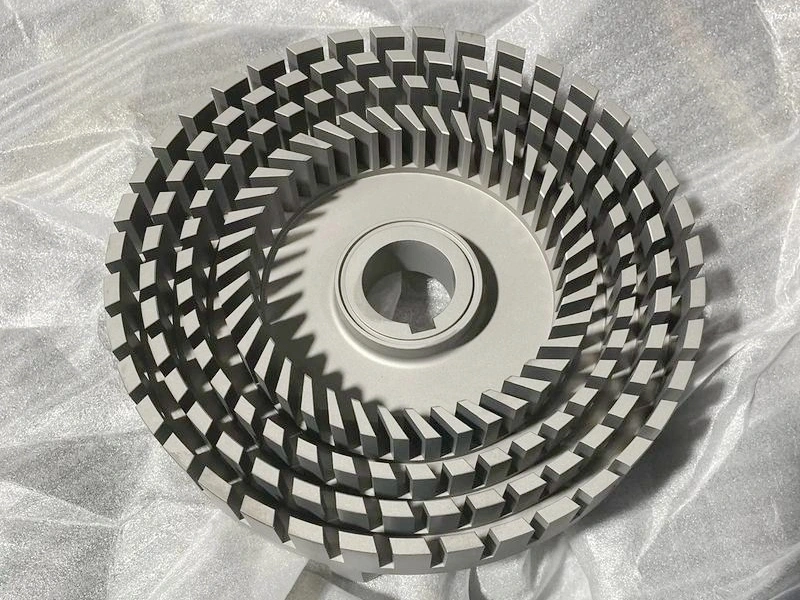
Learn More
Nitriding
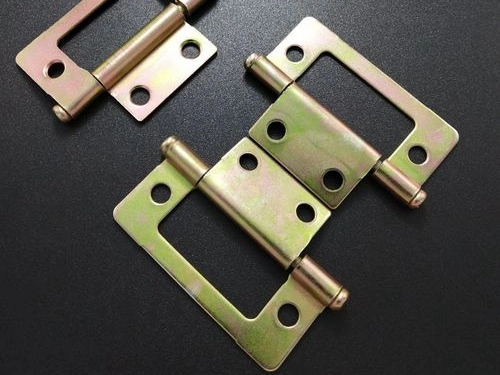
Learn More
Galvanizing

Learn More
UV Coating

Learn More
Lacquer Coating
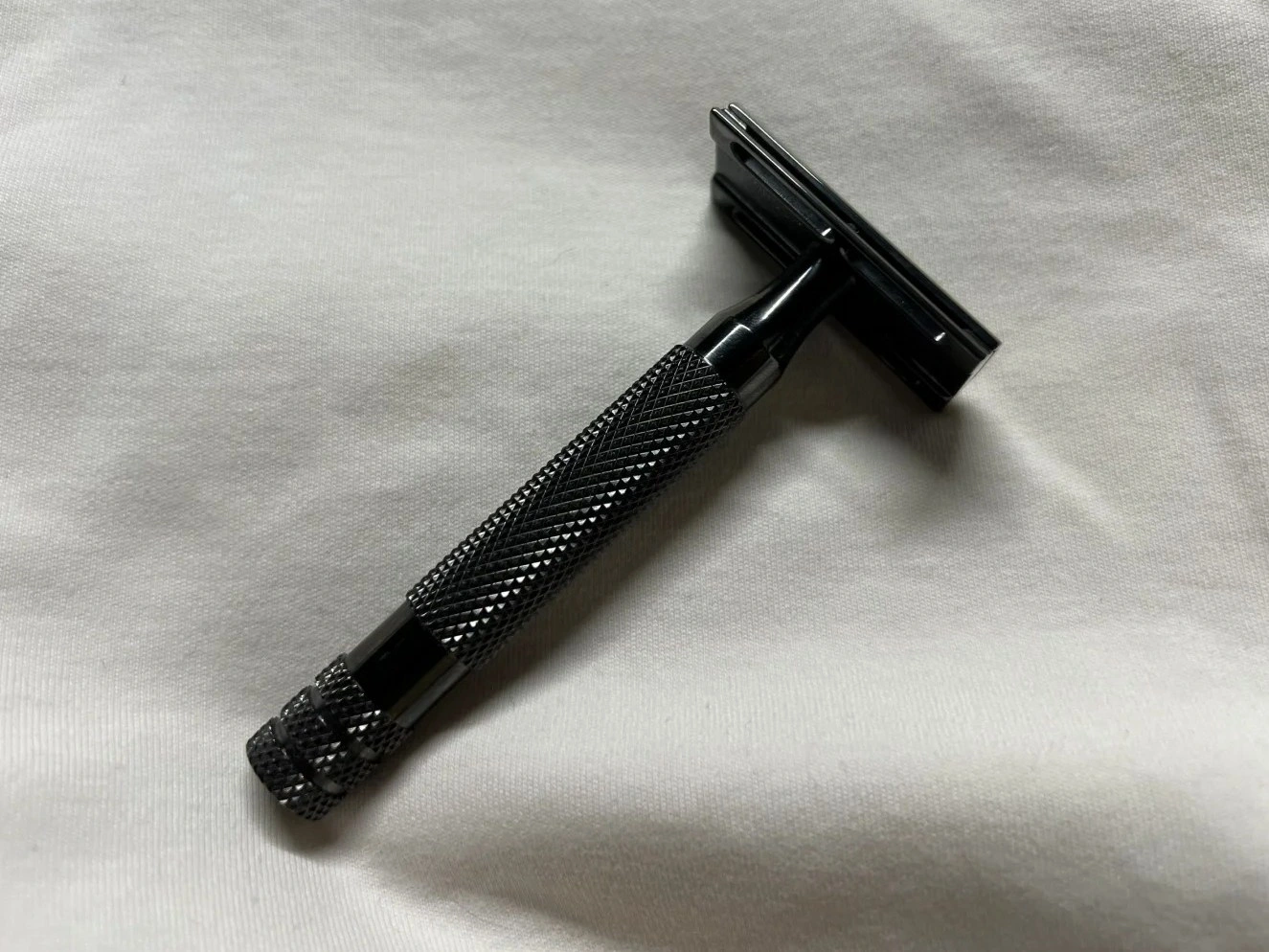
Learn More
Teflon Coating
Agricultural Machinery CNC Machining Parts
CNC machining produces durable, high-precision components for agricultural machinery, such as gears, shafts, and engine parts, enabling reliability and performance in demanding farming environments.
Let's Start A New Project Today
Agricultural Machinery Parts Manufacturing Considerations
Manufacturing agricultural machinery parts requires high strength, wear resistance, and production efficiency. Design must consider outdoor conditions, soil abrasion, mechanical fatigue, and compatibility with CNC and casting processes. This guide outlines structural, functional, and manufacturability principles to optimize part lifecycle and cost control.
Frequently Asked Questions
Explore Related Resources
Solutions
Copyright © 2026 Machining Precision Works Ltd.All Rights Reserved.
